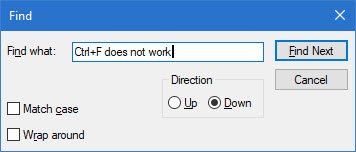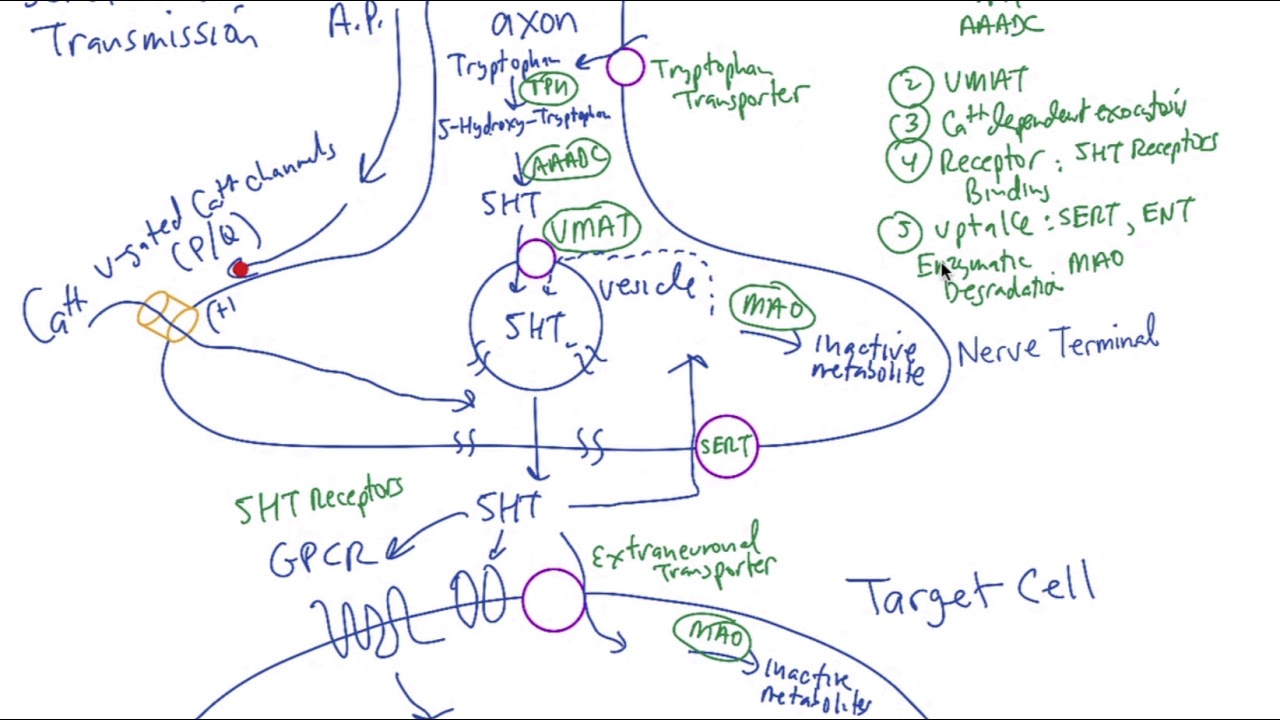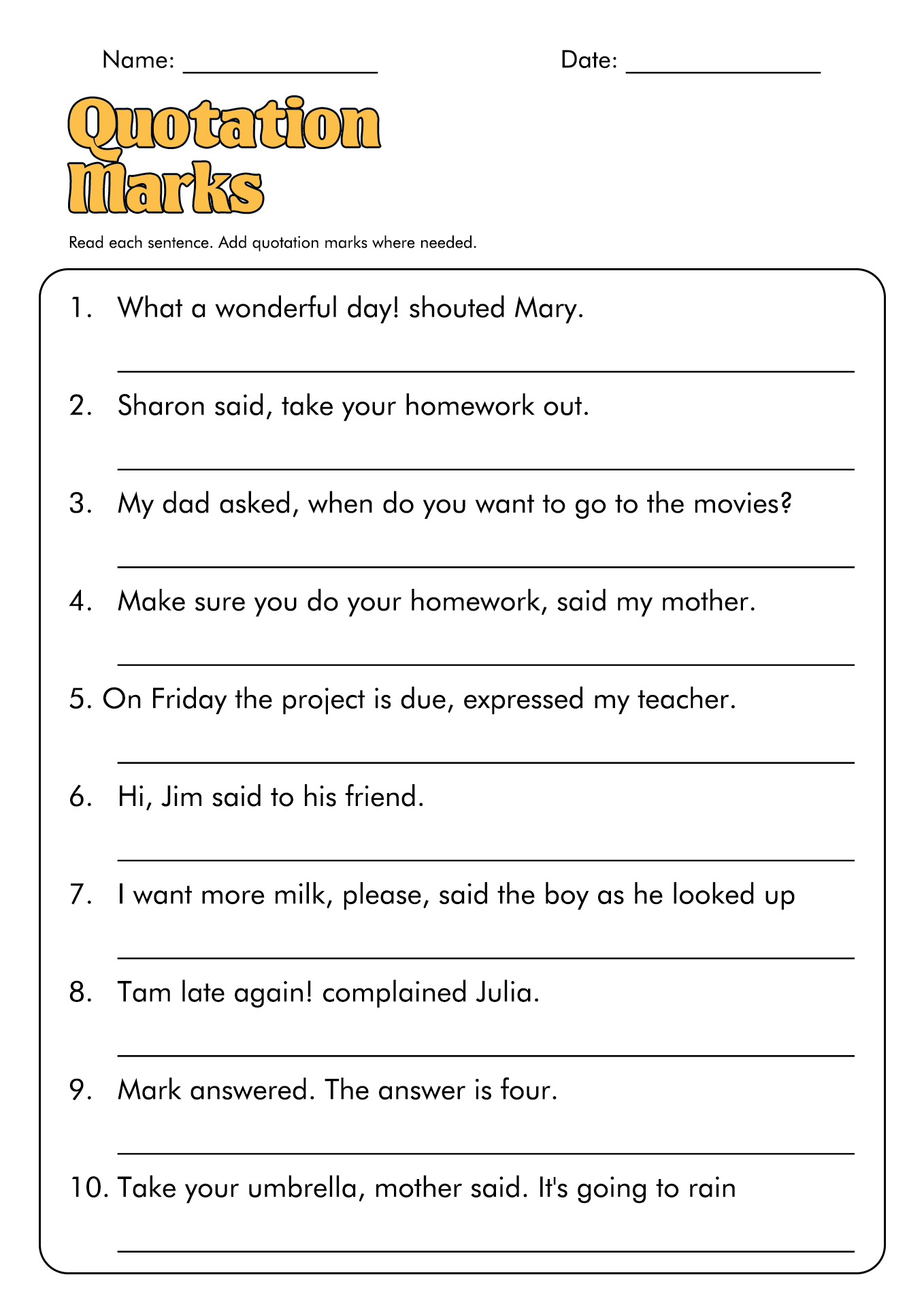Unraveling the Mystery: Why Ctrl F Fails?

Have you ever encountered a situation where you're desperately searching for a specific piece of information within a lengthy document or website, only to find that your trusty Ctrl + F shortcut seemingly fails you? This common frustration has puzzled many users, leading to the question: Why does Ctrl + F, a seemingly simple and straightforward tool, occasionally let us down? In this comprehensive exploration, we'll delve into the intricacies of this phenomenon, shedding light on the reasons behind Ctrl + F's occasional shortcomings and offering insights to enhance your search experience.
The Ctrl + F Enigma: Unveiling the Reasons Behind its Failures

The Ctrl + F combination, a staple for quick searches in digital environments, has become an essential tool for navigating the vast expanse of online content. However, despite its widespread use, instances where it fails to locate the desired text can be perplexing. Let's dissect the potential causes behind these failures and provide strategies to ensure a more successful search experience.
Understanding the Fundamentals of Ctrl + F
Before we delve into the intricacies of Ctrl + F's failures, it's crucial to grasp the fundamentals of this powerful search tool. Ctrl + F, short for Control Find, is a keyboard shortcut available across various operating systems and web browsers. Its primary function is to open a find dialog box, allowing users to input a specific word or phrase to locate within the current document or webpage.
The find dialog box typically provides additional options, such as case-sensitive searches, whole word searches, and the ability to navigate through subsequent matches. These features empower users to refine their searches and locate precise information within extensive content.
Common Causes of Ctrl + F Failures
While Ctrl + F is generally an efficient tool, several factors can contribute to its occasional inability to locate the desired text. Understanding these causes can help users troubleshoot and ensure a more successful search experience.
1. Case Sensitivity
One of the most common reasons for Ctrl + F failures is case sensitivity. By default, most search functions, including Ctrl + F, are case-sensitive. This means that searching for "Apple" will not find occurrences of "apple" or "APPLE" unless the search is specifically adjusted to be case-insensitive.
To address this issue, users can modify their search settings within the find dialog box to perform a case-insensitive search. This ensures that the search tool locates the desired text regardless of its capitalization.
2. Whole Word Searches
Another factor that can lead to Ctrl + F failures is the whole word search setting. When enabled, this setting instructs the search function to locate only whole words, excluding instances where the search term is part of a larger word.
For instance, searching for the word "search" with the whole word setting enabled will not find occurrences of the word within "searchable" or "research." To overcome this, users can disable the whole word search option or modify their search term to ensure it captures the desired matches.
3. Non-Standard Characters and Formatting
In some cases, Ctrl + F may fail to locate the desired text due to the presence of non-standard characters or unique formatting within the document or webpage. This can include special characters, emojis, or custom fonts that may not be recognized by the search function.
To mitigate this issue, users can simplify their search terms, focusing on common words or phrases. Additionally, utilizing regular expressions (regex) within the find dialog box can help capture a wider range of character variations and formatting styles.
4. Complex Document Structure
Documents with intricate structures, such as those containing nested tables, frames, or complex HTML elements, can pose challenges for Ctrl + F searches. In such cases, the search function may not navigate through all sections of the document, leading to missed matches.
To address this, users can employ additional tools, such as browser extensions or dedicated search software, that offer more advanced search capabilities and can navigate through complex document structures more effectively.
5. Dynamic Content and Scripting
On websites with dynamic content or heavy scripting, Ctrl + F may not always locate the desired text. This is because the search function operates on the rendered version of the webpage, which may differ from the underlying HTML code.
In such scenarios, users can utilize developer tools or browser extensions that provide access to the webpage's source code. By searching within the source code, users can locate the desired text more accurately, even if it is not visible in the rendered version of the page.
Optimizing Your Search Experience: Strategies for Success
To ensure a more successful and efficient search experience, consider implementing the following strategies when utilizing Ctrl + F:
- Familiarize Yourself with Search Settings: Understand the various search settings available within the find dialog box, such as case sensitivity, whole word searches, and regular expressions. Adjust these settings to match your specific search requirements.
- Simplify Your Search Terms: When facing complex documents or websites, simplify your search terms to increase the chances of locating the desired text. Focus on common words or phrases that are more likely to appear across different sections of the content.
- Utilize Browser Extensions: Explore browser extensions that enhance search capabilities. These extensions often offer advanced search features, improved navigation through complex structures, and the ability to search within specific document types or website elements.
- Combine Search Tools: Leverage multiple search tools simultaneously. For instance, combine Ctrl + F with browser developer tools or dedicated search software to cover a broader range of search scenarios and ensure more comprehensive results.
- Practice Regular Expressions: Regular expressions (regex) are powerful tools for defining search patterns. By familiarizing yourself with regex syntax, you can create more complex search queries that capture a wider range of text variations and formatting styles.
Conclusion: Enhancing Your Search Skills with Ctrl + F

While Ctrl + F is a valuable tool for quick searches, its occasional failures can be frustrating. By understanding the common causes behind these failures and implementing the strategies outlined above, users can optimize their search experience and locate the desired information more efficiently. Remember to adjust search settings, simplify search terms, and explore additional tools to overcome the limitations of Ctrl + F.
With these insights and techniques, you'll be well-equipped to navigate through extensive documents and websites with confidence, ensuring that Ctrl + F becomes an even more reliable companion in your digital exploration.
What is Ctrl + F, and how does it work?
+Ctrl + F is a keyboard shortcut that opens a find dialog box, allowing users to search for specific words or phrases within a document or webpage. It provides various options, such as case sensitivity and whole word searches, to refine the search results.
Why does Ctrl + F sometimes fail to find the desired text?
+Ctrl + F failures can occur due to case sensitivity, whole word search settings, non-standard characters and formatting, complex document structures, or dynamic content and scripting. These factors can prevent the search function from locating the desired text accurately.
How can I ensure successful searches with Ctrl + F?
+To optimize your search experience with Ctrl + F, familiarize yourself with search settings, simplify your search terms, utilize browser extensions, combine search tools, and practice regular expressions. These strategies will help you overcome common search challenges and locate the information you need more efficiently.



